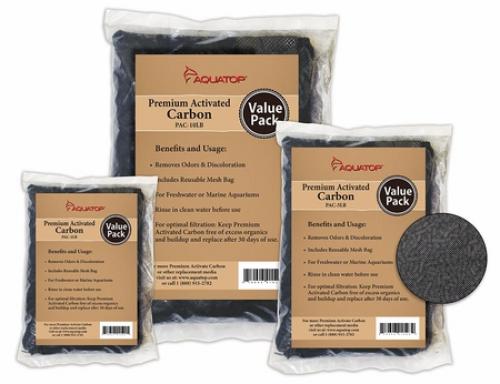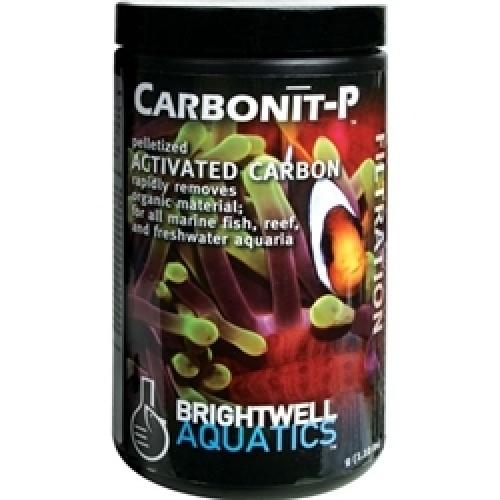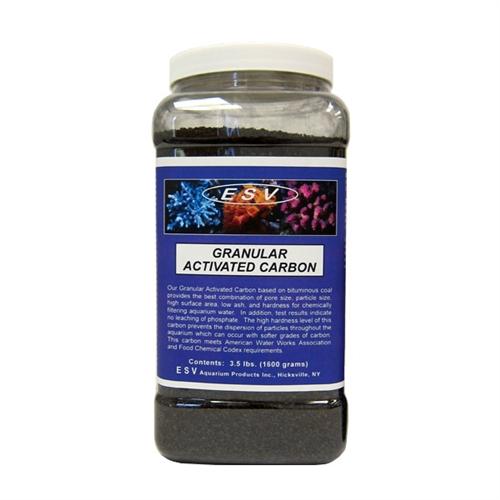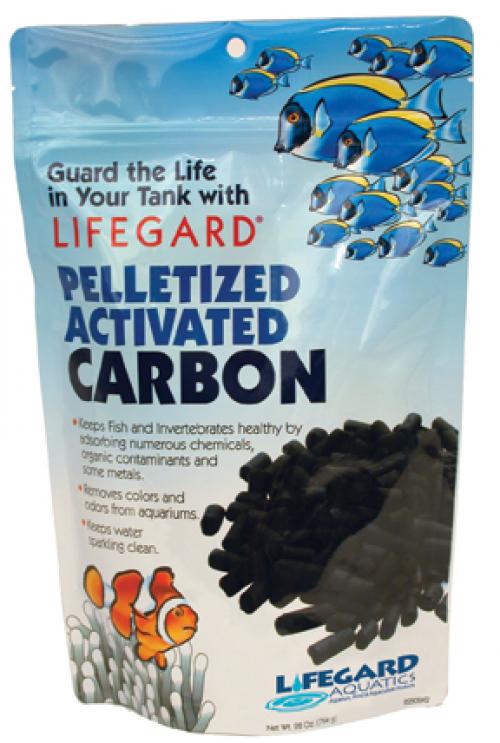


Product Search |
Products |
||||||||||||||||||||||||||||||||||||||||||
|
CarbonActivated carbon has been used in home aquaria for decades, and is the largest selling filtration media product. Some believe it should be used as a standard media for continuous use in most filters, while thers feel it should only be used in the aquaria only for special needs. Generally speaking, the more porous and lighter the carbon the more surface area it has for adsorption thereby making it more effective at filtering the water. Activated carbon adsorbs a number of dissolved contaminants such as; chloramines and chlorine, tannins (which color the water) and phenols (which cause odors). Activated carbon will really make a big difference in the clarity of the aquarium water and adsorb many medications used to treat fish disease. Therefore before treating sick fish with medications, all carbon should be removed from the filter. Activated carbon does not remove ammonia, nitrite or nitrate. Some activated carbon is created using processes that result in phosphate being present in the end product. In those cases, it is possible for the phosphate that was already present in the activated carbon to leach into the aquarium water which can lead to nuisance algae blooms. Some activated carbon products will specifically state if they are phosphate-free. Because activated carbon binds with the compounds it removes, it eventually becomes ‘full’ and can no longer remove any other contaminants. Therefore, it must be regularly replaced. Generally replacing it once per month is sufficient. Going for an extended period of time without replacing the carbon will not harm the tank. However, it will eventually lose its ability to remove toxins from the water. Products in this Category: 9
|




